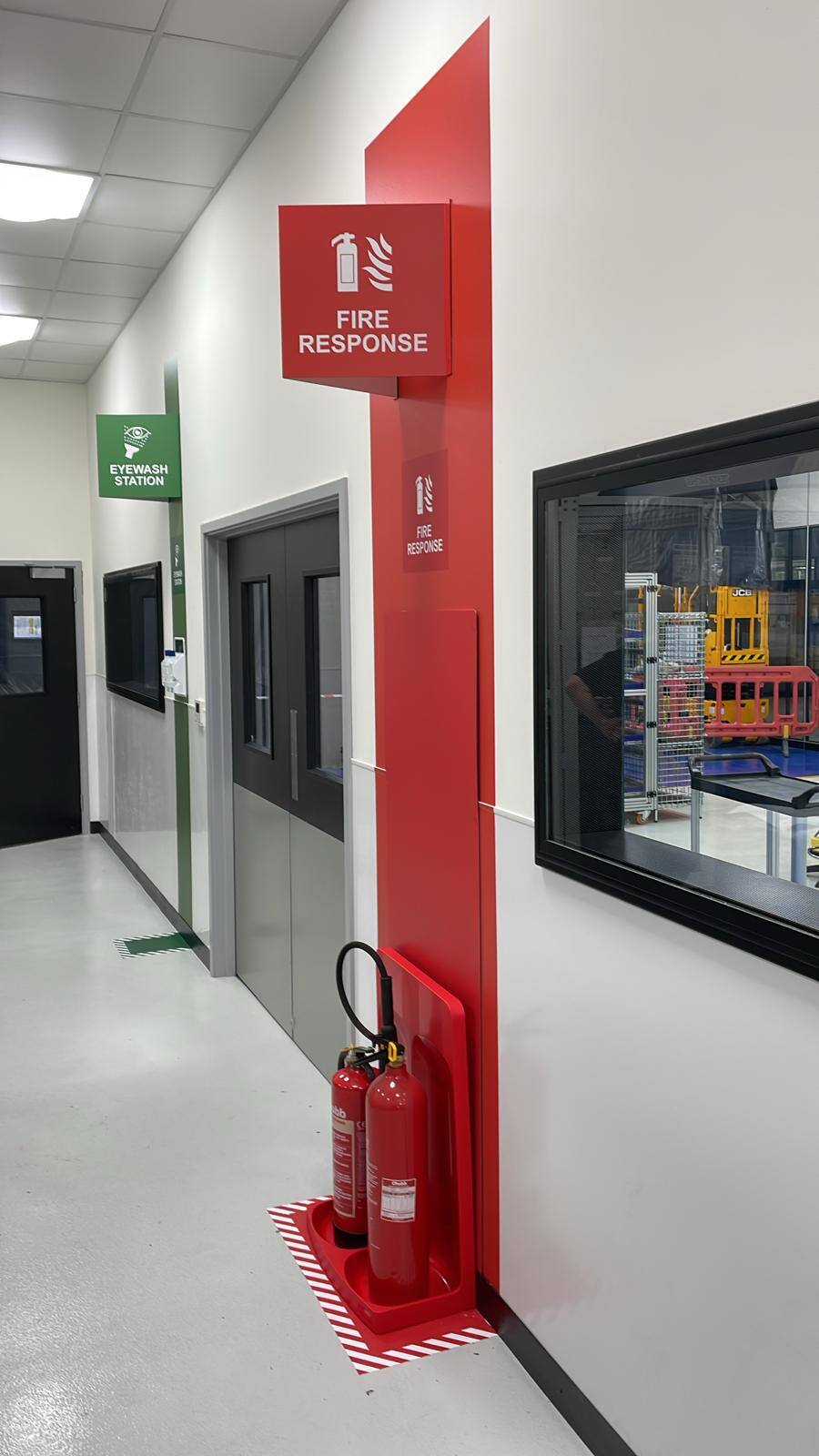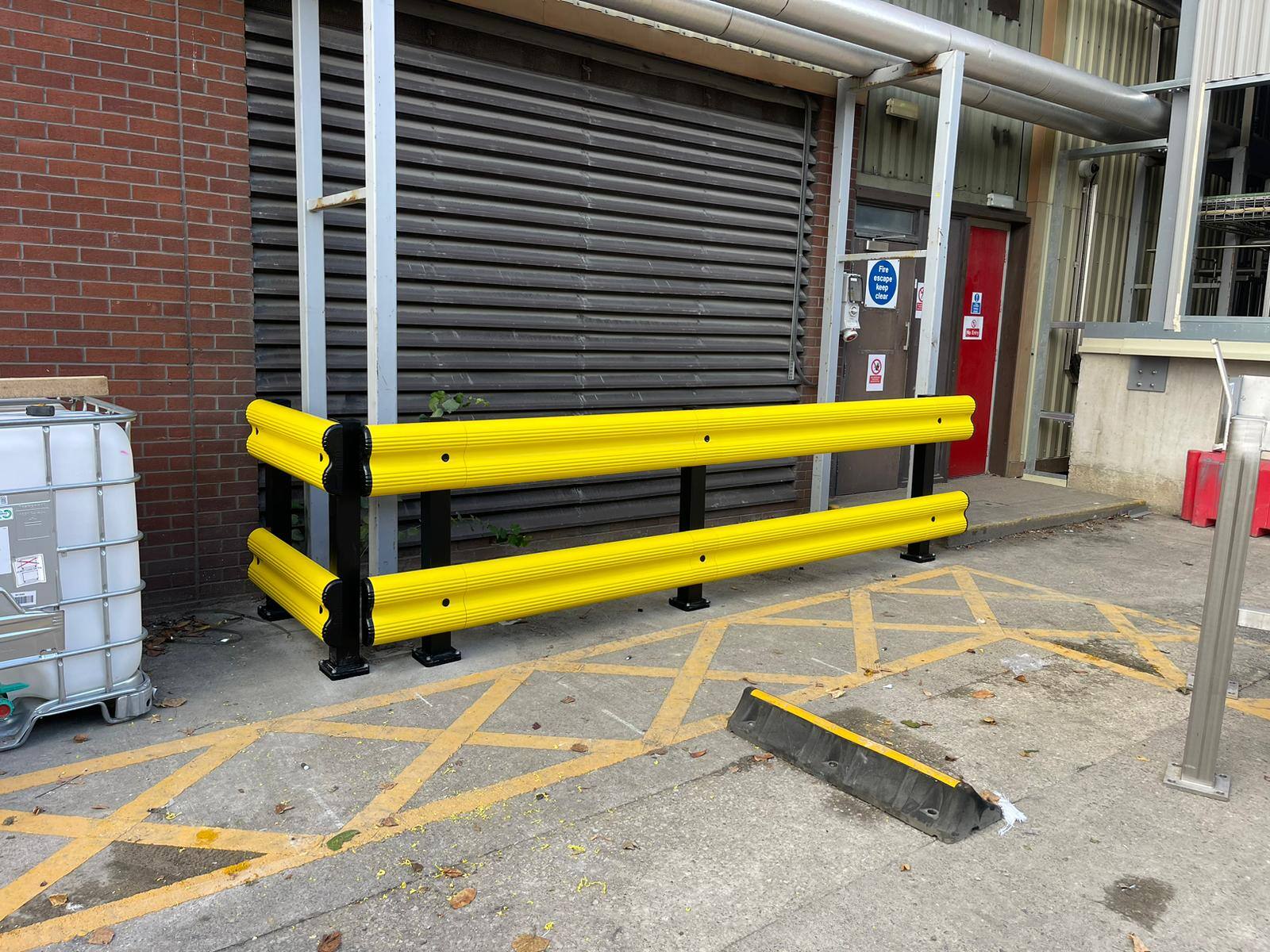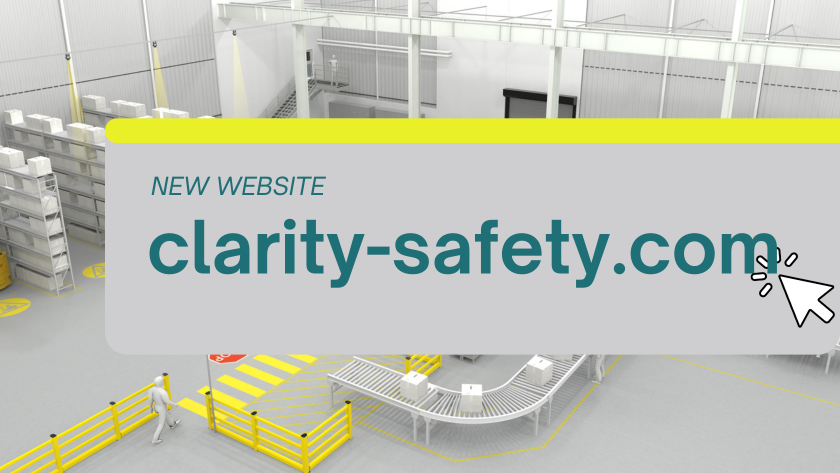What Should I Look for in a Visual Safety Audit?
 By
Damian White
·
2 minute read
By
Damian White
·
2 minute read
If you’re responsible for keeping your warehouse or factory safe, you’ve probably heard of (or been asked to carry out) a visual safety audit.
But what exactly does that mean? And how do you know you're doing it properly?
A visual safety audit is more than just a quick walkaround with a checklist. Done well, it's a structured review that helps you spot risks before they become incidents, improve compliance, and make your site safer and more efficient for everyone.
In this guide, we'll cover the following topics:

Why Do a Visual Safety Audit at All?
Because you can’t fix what you don’t see.
A good audit:
-
Identifies hazards before they cause harm
-
Improves compliance with standards like PAS 13
-
Reduces downtime from accidents
-
Supports a proactive safety culture
-
Shows employees you care about their well-being
In short, it’s one of the most cost-effective ways to improve safety—without slowing down operations.
1. Look at Pedestrian Segregation
This is one of the most important (and often overlooked) areas.
Ask yourself:
-
Are walkways clearly marked, with consistent colour coding?
-
Do barriers or projected lines separate people from forklift routes?
-
Are crossings properly signed and visible from a distance?
-
Do employees actually use the routes, or do they take shortcuts?
If you're relying only on painted lines that have worn away, it's time to think about upgrades like floor marking tape or projected walkways.
→ Learn more about floor tape vs paint vs projection
2. Review Barrier Condition and Layout
Barriers aren't just compliance box-ticking—they’re vital to protect people and equipment.
Check:
-
Are barriers damaged or loose?
-
Do they have the correct impact rating for your vehicles?
-
Is there enough clearance behind them for flexing?
-
Are they positioned to prevent collisions at blind spots and tight corners?
Modern polymer barriers offer better impact absorption and lower maintenance costs than steel, so consider if an upgrade is due.
→ Explore our polymer barrier options
3. Check for Consistent Signage
Cluttered, inconsistent, or missing signs can cause confusion and risk.
During your audit, look for:
-
Standardised safety symbols and colours
-
Clear warnings at every crossing or hazard zone
-
Maintenance of existing signs (no fading, peeling, or obstruction)
-
Visitor-friendly explanations where needed
Good signage is a simple, low-cost fix with big safety benefits.
4. Evaluate Lighting and Visibility
A safe site is a visible site. Consider:
-
Are key walkways and vehicle routes well lit?
-
Are crossing points visible in all conditions?
-
Are there areas of glare or shadow that reduce safety?
-
Could projected solutions improve visibility without adding clutter?
Poor visibility is a major cause of collisions and often easy to address.
5. Talk to Your People
This step is often skipped, but it's vital.
Your operators, drivers, and pedestrians see risks you might miss.
Ask them:
-
Where do near-misses happen most often?
-
Are there confusing areas or bottlenecks?
-
Do they feel safe using the marked routes?
This feedback turns your audit from a tick-box exercise into a meaningful plan.
6. Plan for Change
A visual safety audit should always end with actionable steps - don’t just file it away.
Your plan might include:
-
Upgrading barriers in high-impact zones
-
Installing projected crossings at busy entrances
-
Repainting or taping worn walkways
-
Improving signage or adding detection systems
You don’t have to do it all at once. Start with the highest-risk areas and build from there.
Need Help Auditing Your Site?
At Clarity, we don’t just sell safety products. We help you see the big picture.
We can:
-
Conduct a full on-site safety audit with you
-
Recommend tailored solutions (barriers, floor markings, projection)
-
Help you build a clear proposal to win leadership support
Ready to get started? Get in touch below and book a free discovery call and make your site safer, smarter, and easier to manage.




